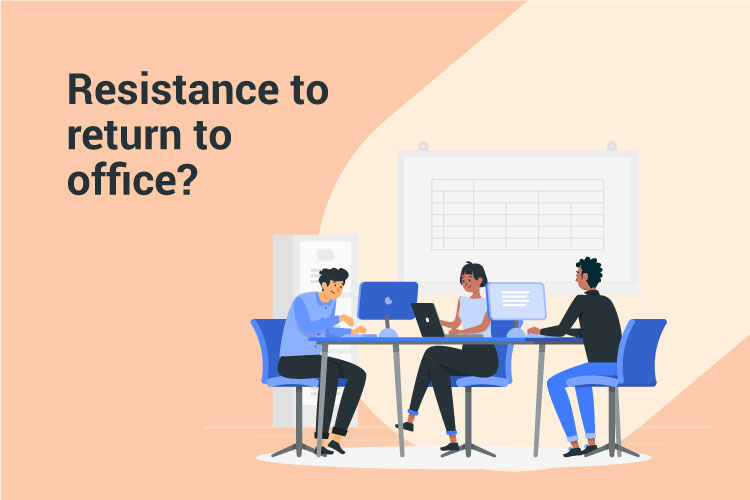
After the pandemic, Apple CEO, Tim Cook wrote a memo asking employees to return to the office. The move did not go well. A large number of employees resisted moving back to the office. The reason was simple - Apple was able to deliver the products and services it is known for despite working remotely. That was a valuable argument, and Apple employees aren't alone. It is believed that only 12% of the currently remote Indian workforce is willing to move back to the office.
This scenario presents the senior officials of large organisations with an uphill task of bringing the workforce back to the office. Here are a few things that can help:
1. Understand why people prefer working from home
- 51% of employees prefer remote work as it helps to improve their work-life balance.
- 47% prefer it because they do not have to commute.
- 25% think they can get better financial stability and flexibility.
These points clearly show that each employee has a specific reason to work from home. Management must understand the needs of the people, have a conversation and empathise with them. The best way forward would be the one that works for employees and the organisation.
2. State reasons why you want employees to move back to work
Management needs to communicate the reasons why they want people back in the office. The most common reason is teamwork and communication. Over the last two years, we have seen people on the tiny zoom screens, being a part of the calls that could have been simple conversations in the office. This has affected productivity.
The other reasons could be:
- Disconnect with company culture
- Lack of team bonding
- Dilution of organisational values
The reasons are strong enough, and if communicated effectively, management can make a strong point in favour of coming back to the office.
Despite treading cautiously, these are tricky waters for organisations. And we can make it a little easier by facilitating return to office kits in the most simple manner.
3. Reduce the friction and ease the transition
We have seen that each stakeholder has different preferences when it comes to an organisation's working model. As valid as all points of view are, organisations must ensure that employees do not feel forced to come to the office:
a. Show employees that you care for their well-being
You can share return to the office kit with each employee. It can contain products like bottle, backpack, mug, notebook and anything that will make their transition smoother.
b. Start with a hybrid model
Transitioning to the office after almost two years should not seem like a jolt. A gradual process will make things easy for employees.
c. Help employees connect with each other
Facilitate conversations amongst employees through physical events. It should make up for the lost personal touch.
d. Allow flexibility when required
All of us are used to the flexibility that remote working provides and that has been the major reason why employees do not want to come back. So, even after returning to the office, employees should get the flexibility to accommodate their personal commitments and emergencies.
Despite treading cautiously, these are tricky waters for organisations. And we can make it a little easier by facilitating return to office kits in the most simple manner. Let's connect if you want to make the transition smoother and more effective.
Sources: https://www.forbes.com/sites/jackkelly/2021/06/05/apple-employees-wrote-a-letter-to-ceo-tim-cook-saying-why-they-dont-want-to-return-to-the-office/?sh=1bb3dd64189e
https://timesofindia.indiatimes.com/business/india-business/one-in-three-of-indian-workers-has-no-intention-of-returning-to-office-post-covid-pandemic-survey/articleshow/87756735.cms
https://kissflow.com/digital-workplace/remote-work/shocking-work-from-home-statistics/#:~:text=8.-,51%20percent%20of%20employees%20prefer%20remote%20work%20because%20it%20improves,financial%20stability%20by%20working%20remotely.






